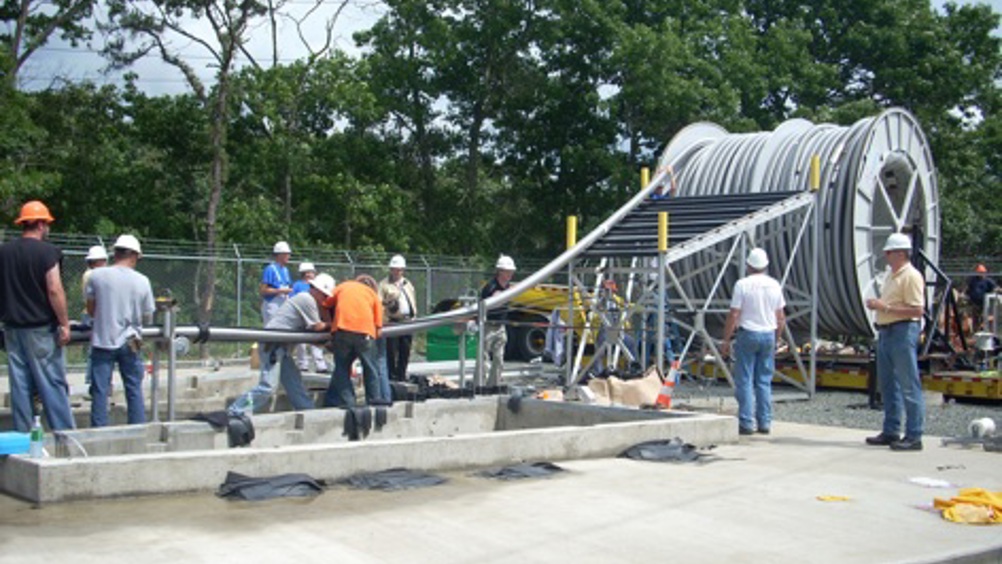Superconducting heads to the cities
Cold current: using superconducting cables to carry electricity within cities has many advantages, but the difficulties are also considerable

A steady stream of liquid nitrogen will next year begin flowing beneath the city of Essen in the Ruhr region of Germany. Its purpose: to cool the world’s longest superconducting cable, part of a trial to replace the city’s high-voltage transmission system with a safer, smaller and cheaper alternative.
Underground high-voltage cables are commonly used to carry 110kV of electricity or more beneath urban areas, connecting the national transmission grid to local distributions networks, where the voltage is reduced before entering people’s homes and businesses. But in the last 10 years a new alternative has emerged – implemented first in the US and due to be installed in Germany in 2013 – where superconductors are used to transmit energy at lower voltages using less material and requiring smaller trenches and fewer transformers.
A superconductor is a material that carries electricity with virtually no resistance when cooled to very low temperatures, usually below -200°C, meaning less energy is lost as heat. Some materials behave as superconductors at relatively higher temperatures and using these as electrical cables allows power to be cost-effectively transmitted at lower voltages, which would usually produce energy losses that were prohibitively expensive.
Register now to continue reading
Thanks for visiting The Engineer. You’ve now reached your monthly limit of premium content. Register for free to unlock unlimited access to all of our premium content, as well as the latest technology news, industry opinion and special reports.
Benefits of registering
-
In-depth insights and coverage of key emerging trends
-
Unrestricted access to special reports throughout the year
-
Daily technology news delivered straight to your inbox










Water Sector Talent Exodus Could Cripple The Sector
Maybe if things are essential for the running of a country and we want to pay a fair price we should be running these utilities on a not for profit...